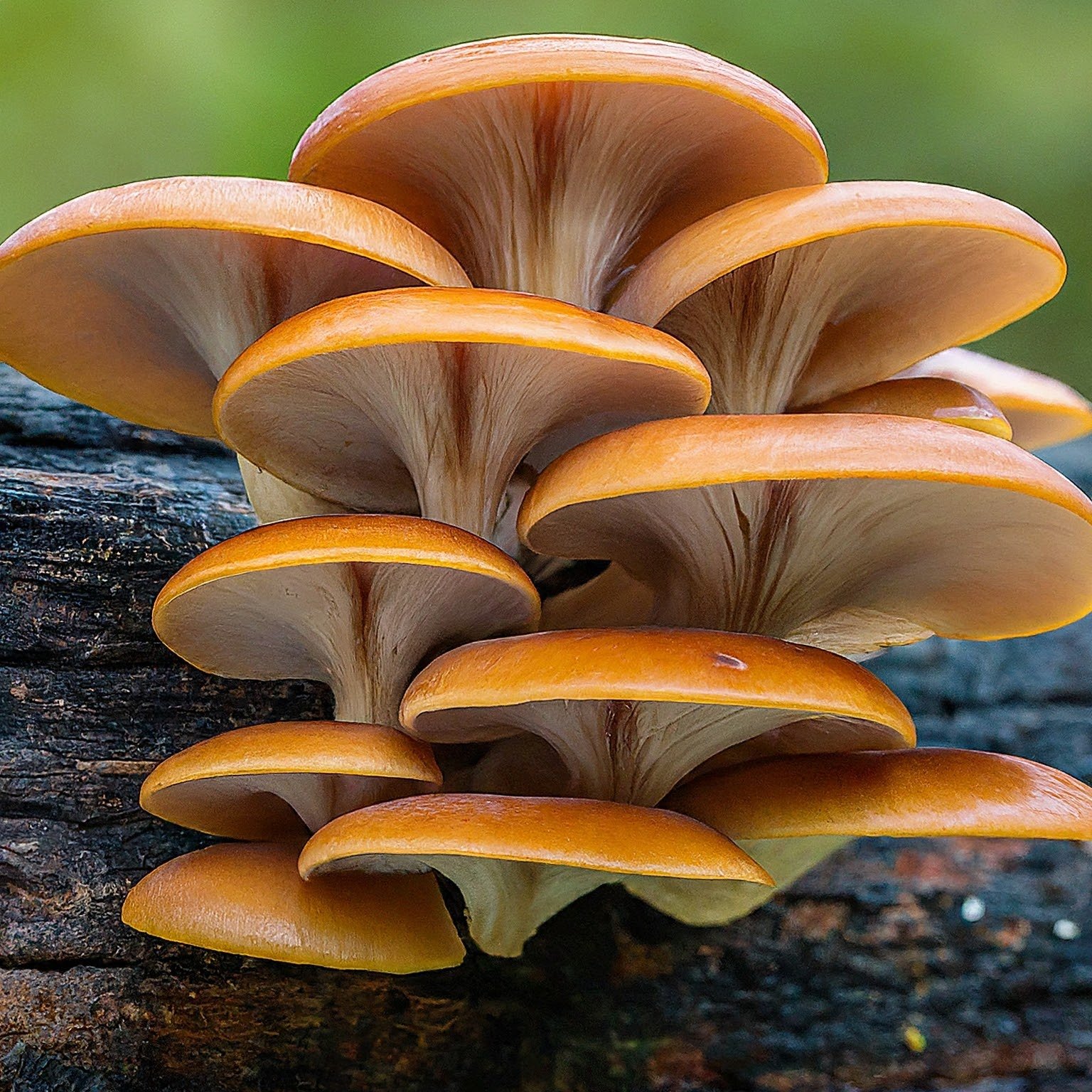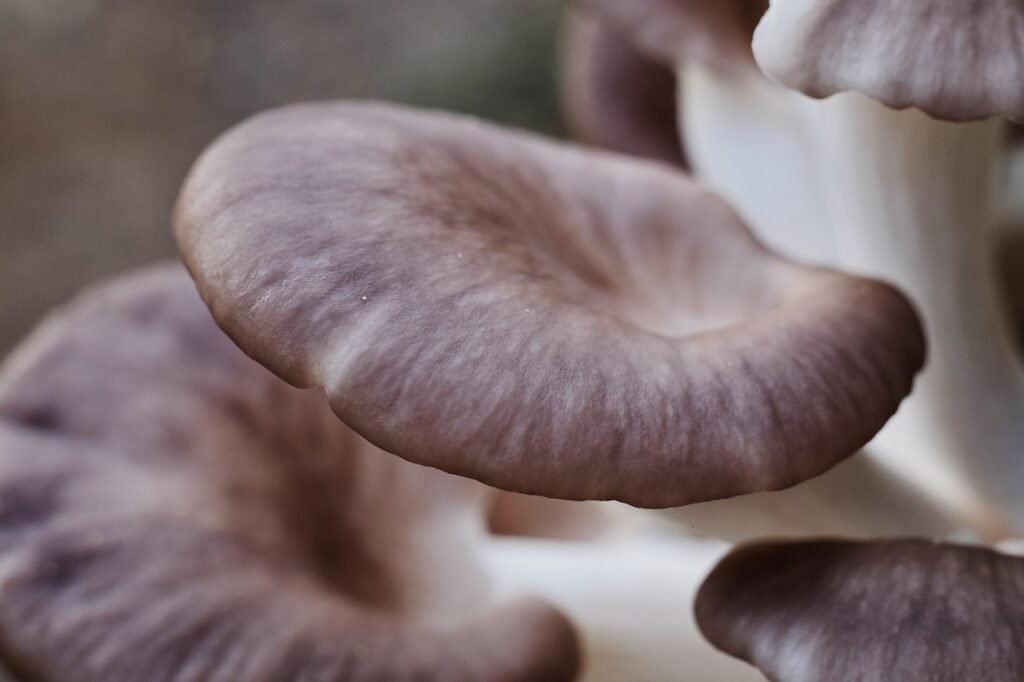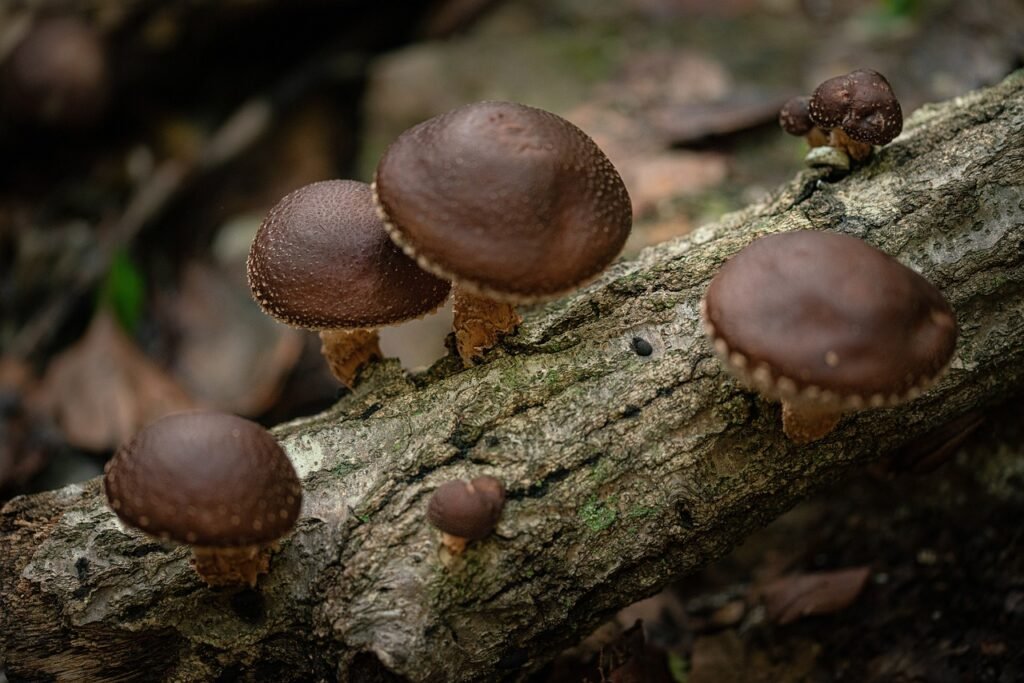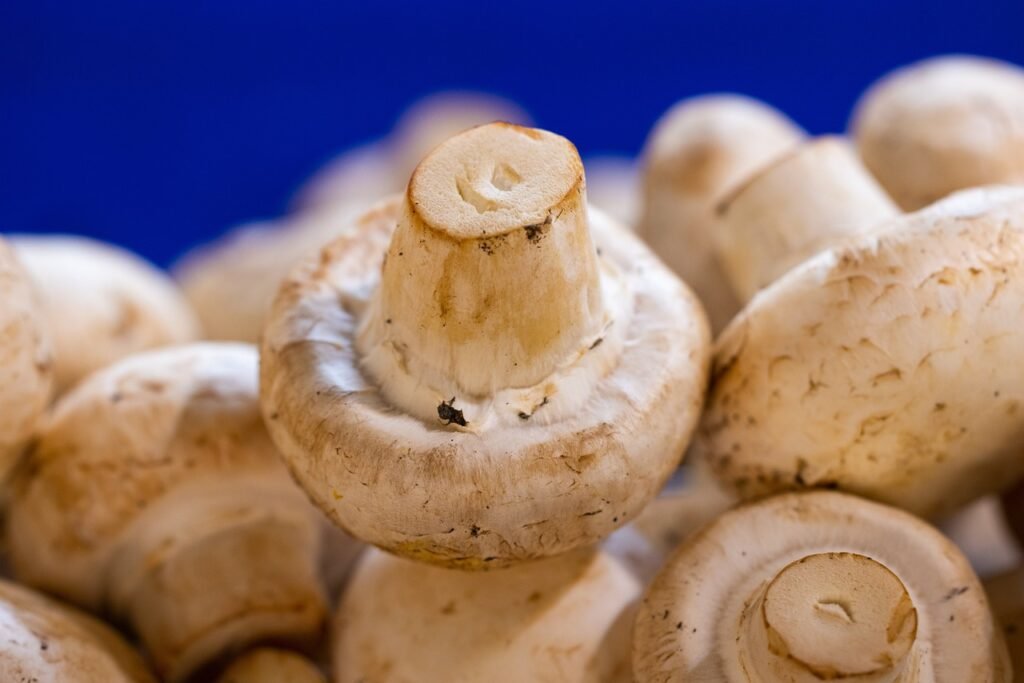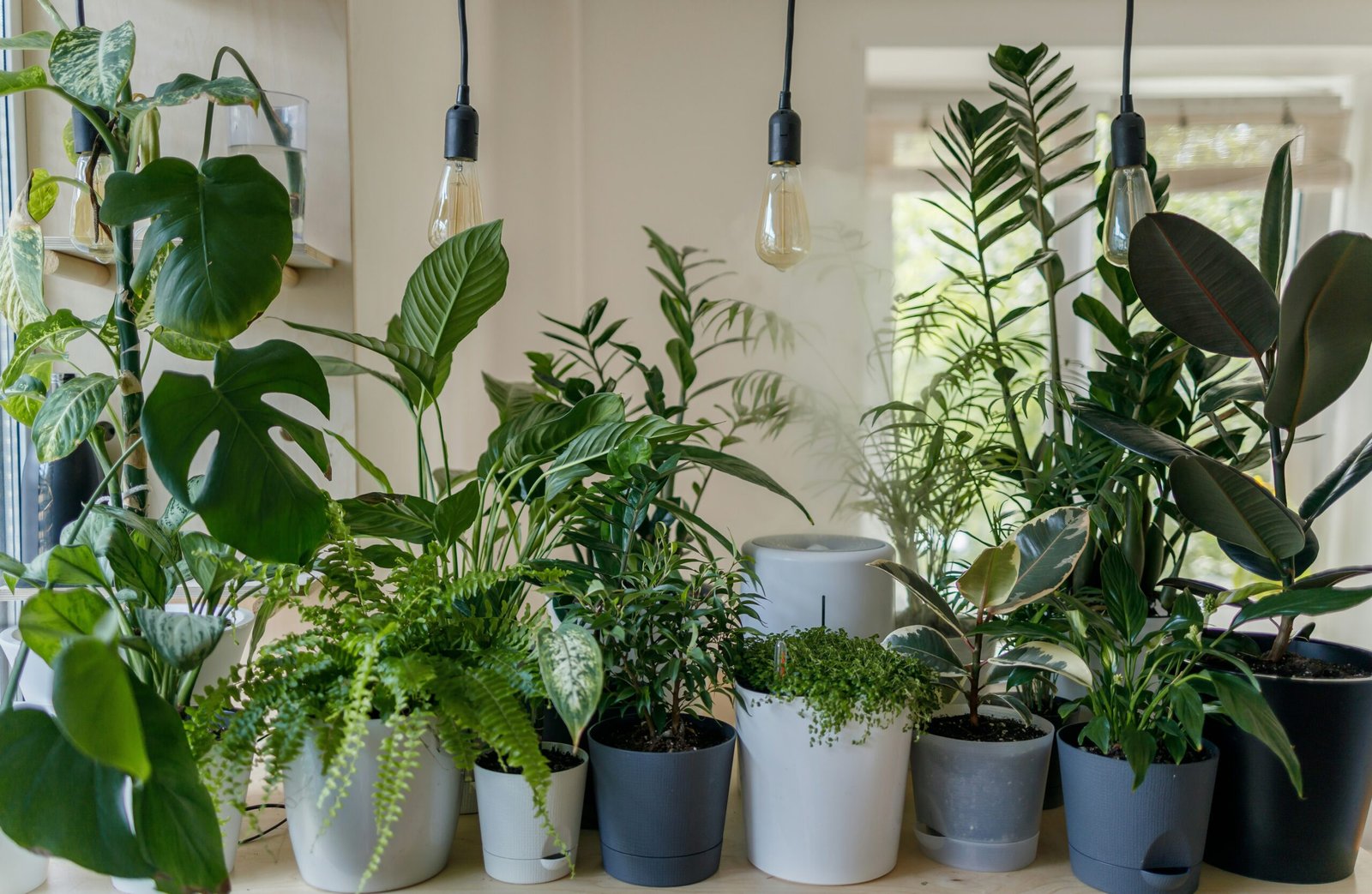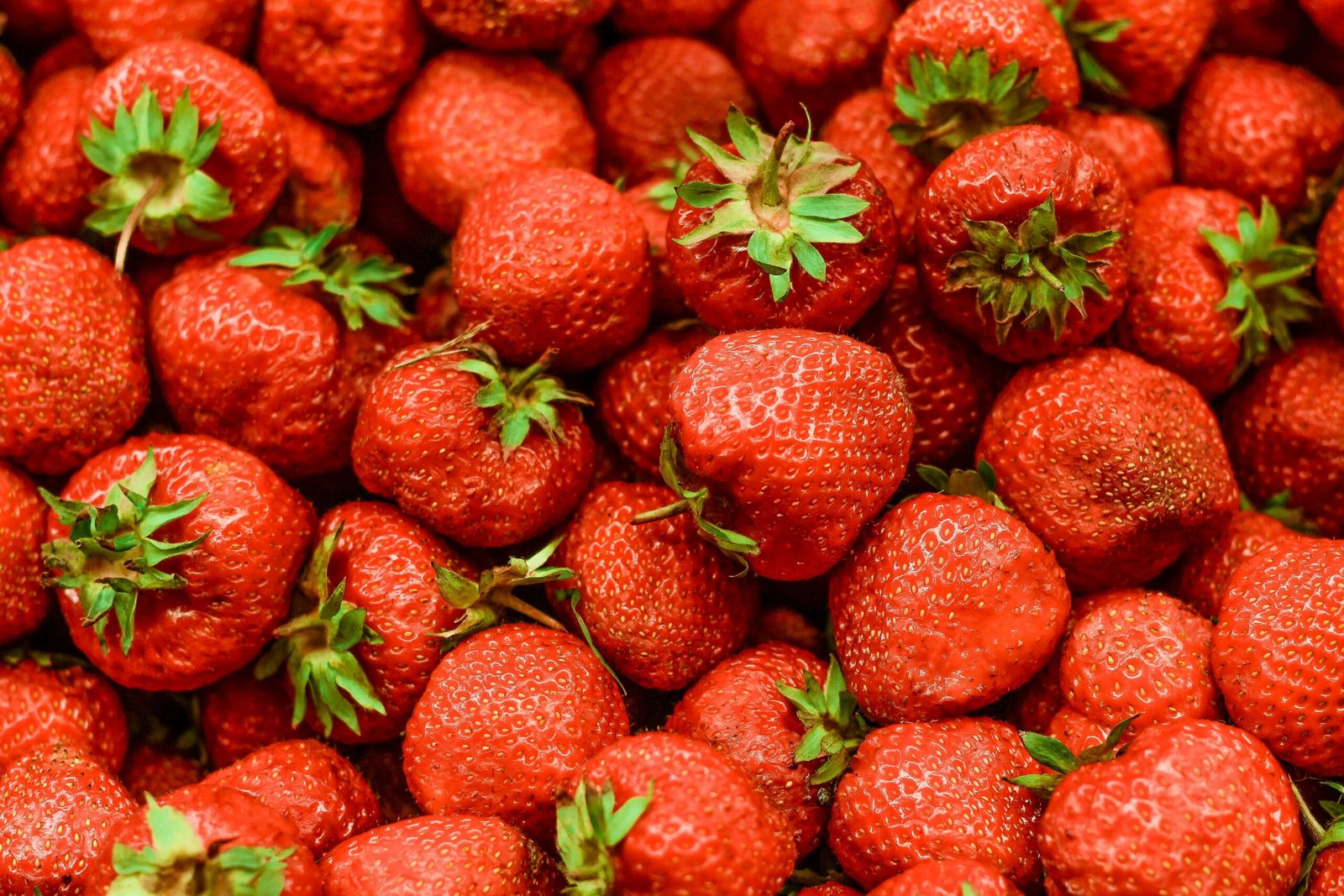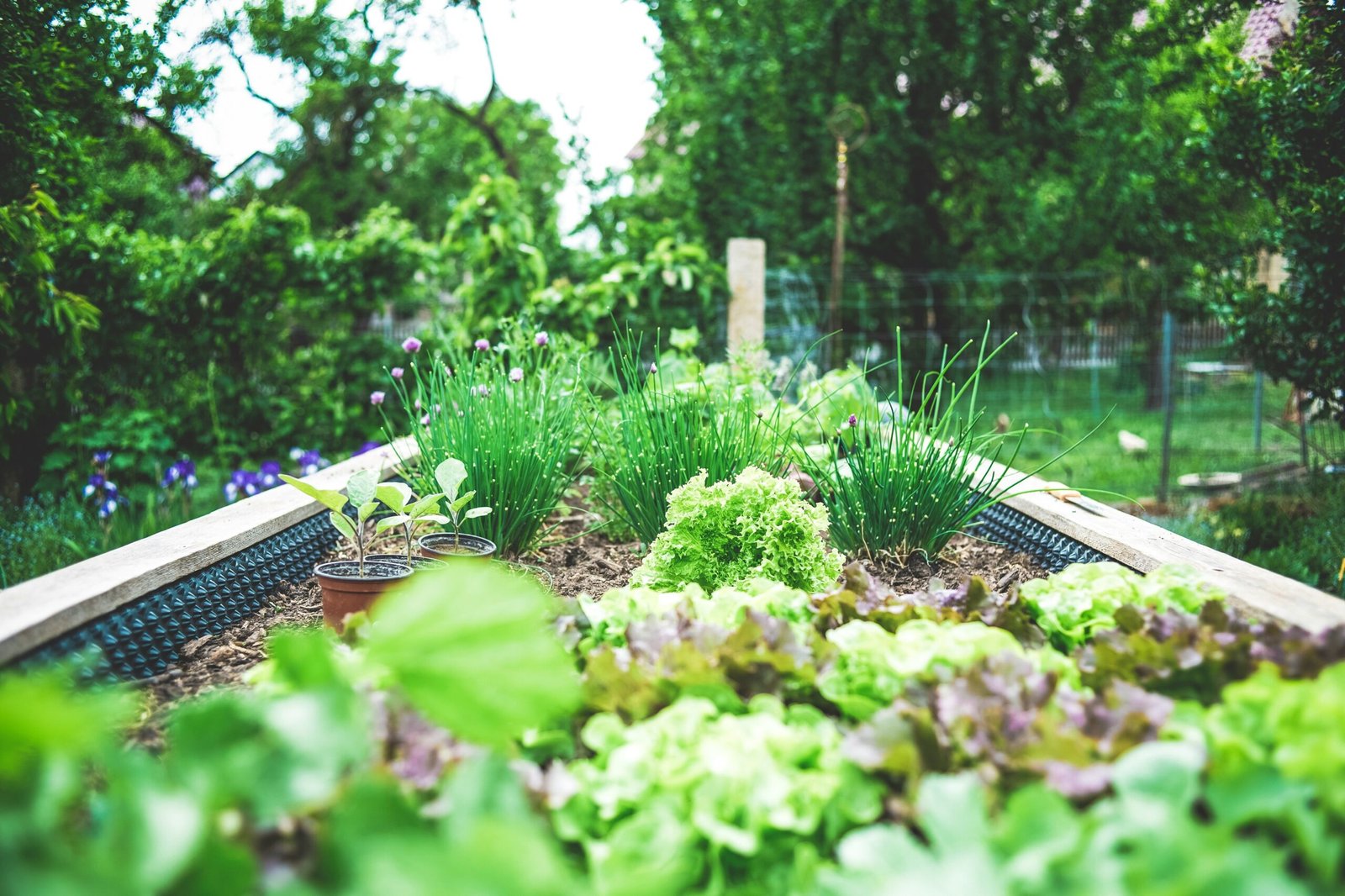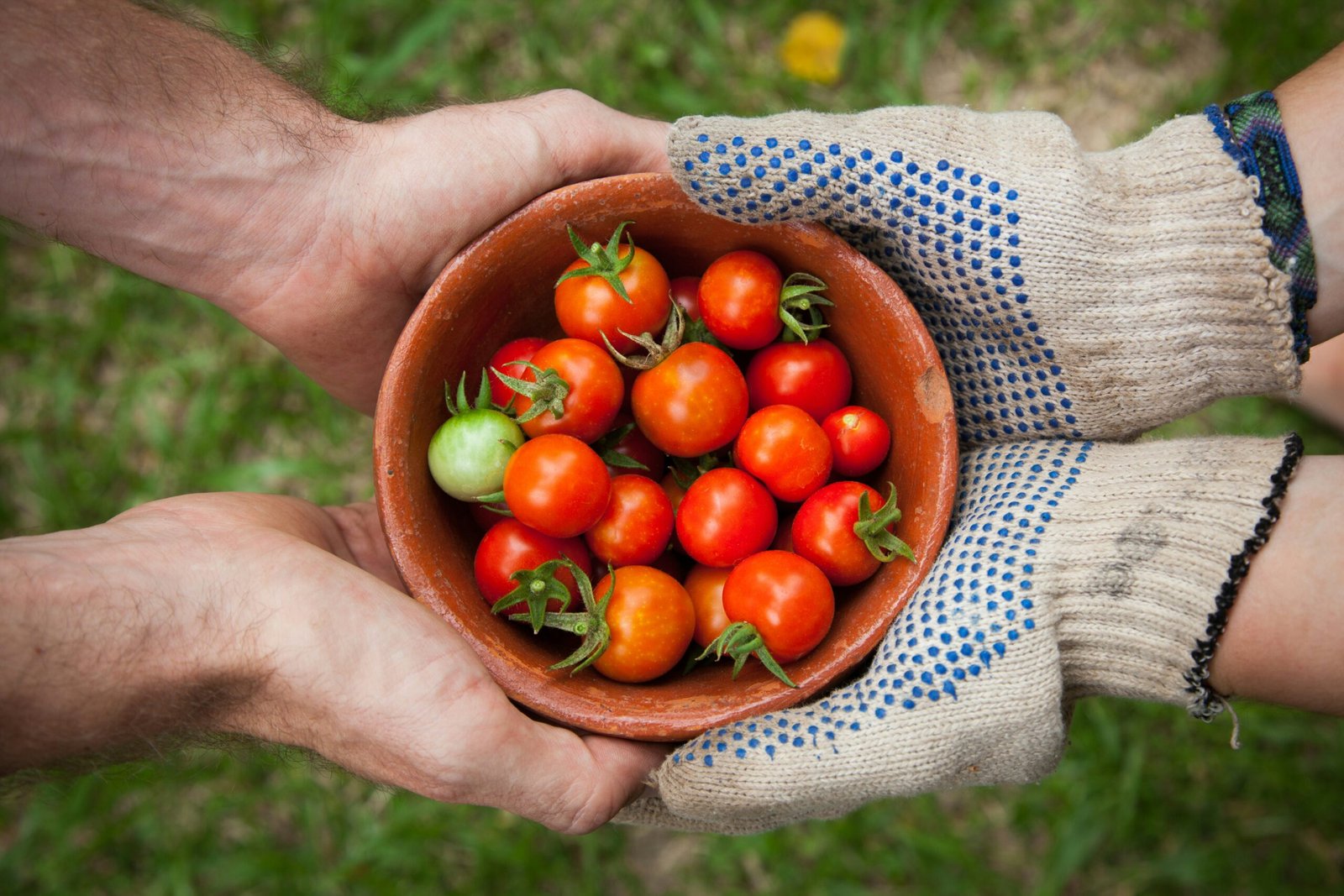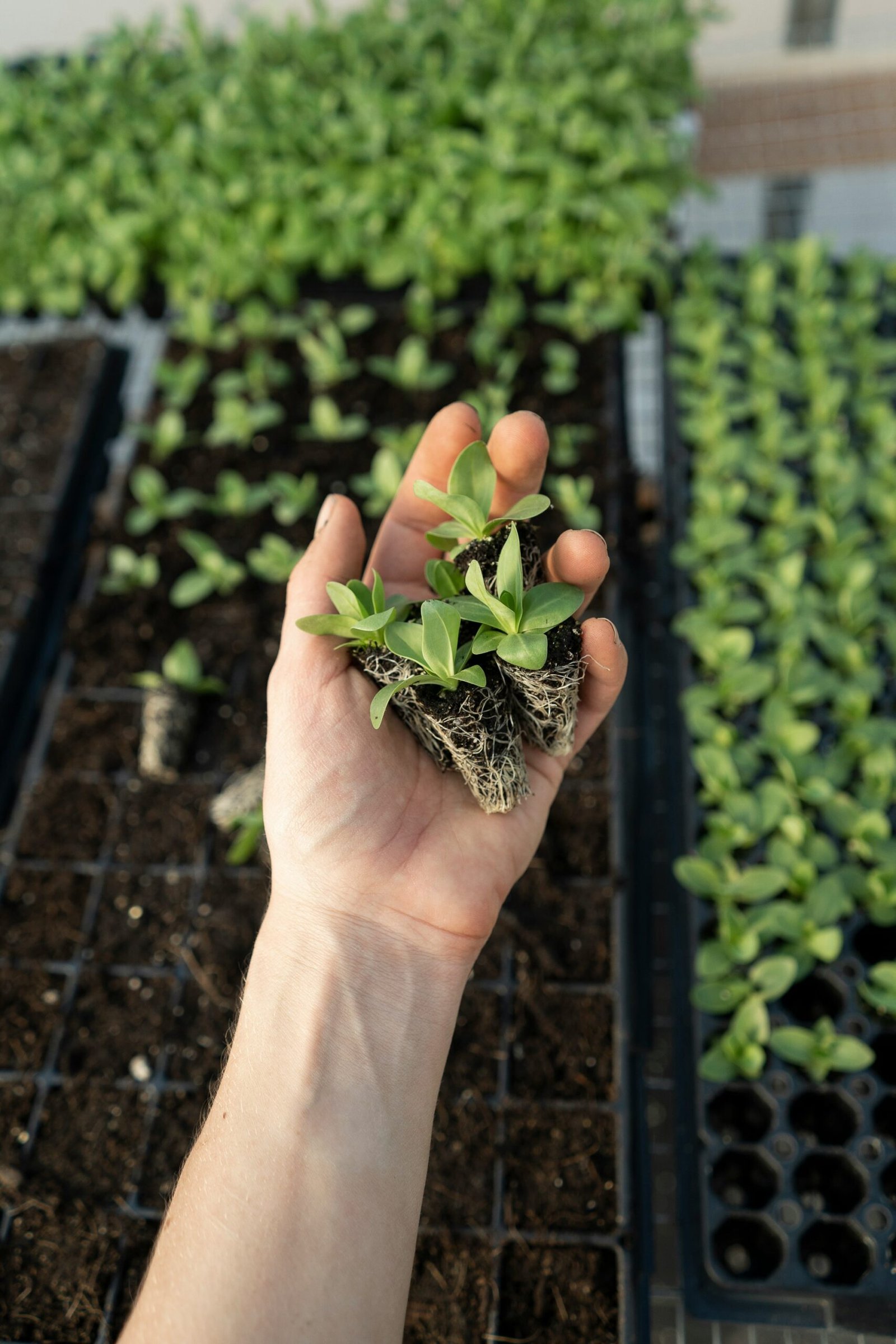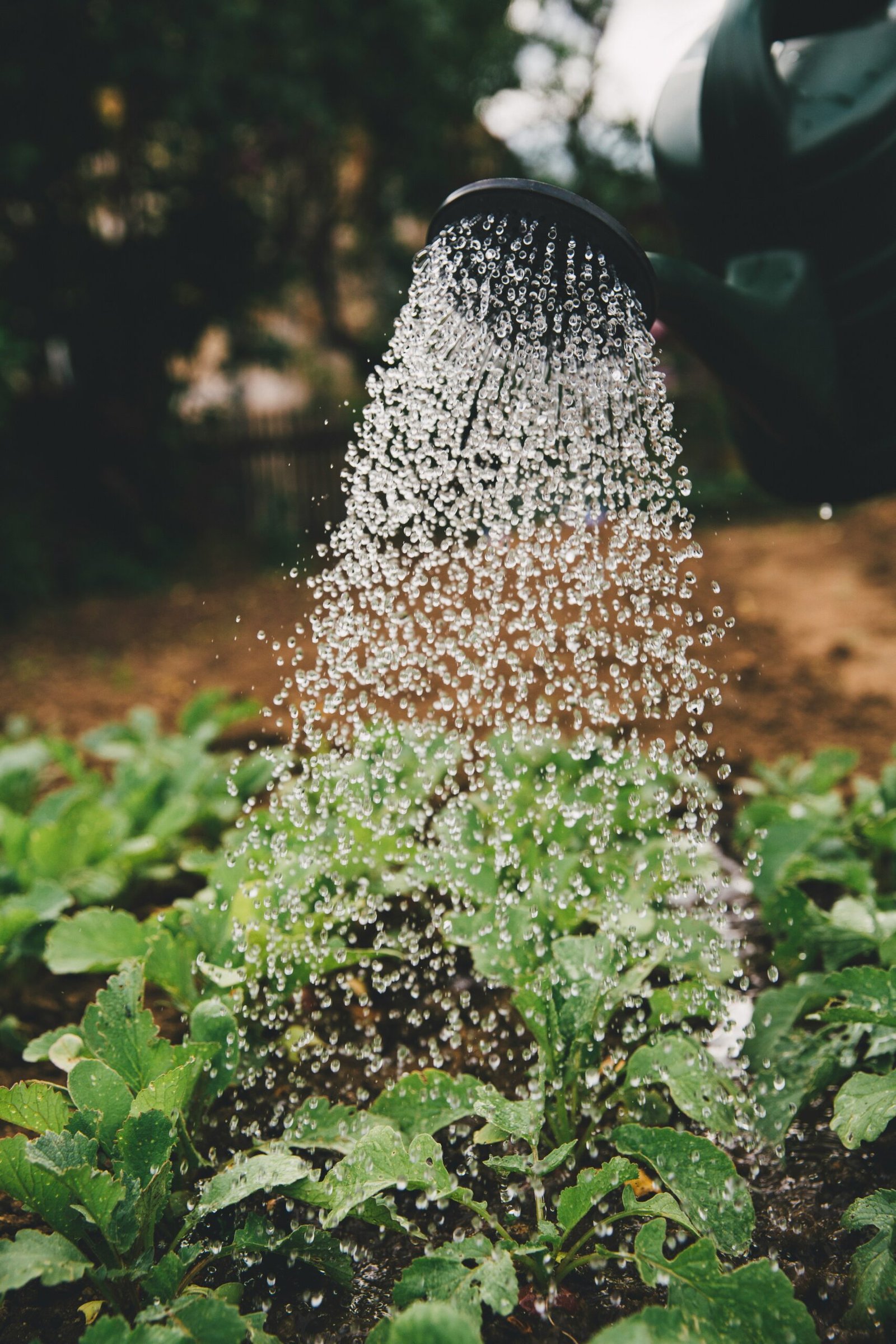The Magic of Growing Mushrooms
Introduction to Growing Your Own Mushrooms
Mushrooms are a fascinating and delicious addition to any garden or kitchen. Not only are they packed with flavor and nutrients, but they can also be surprisingly easy to grow with the right knowledge and setup. Whether you’re tempted by the gourmet allure of shiitakes, the simplicity of oyster mushrooms, or the classic button mushroom, this guide will walk you through everything you need to start your own growing mushrooms adventure.
The Nutritional Powerhouse of Mushrooms
Beyond their delicious flavor, mushrooms offer a surprising array of health benefits, making them a true superfood. Here are just a few reasons to include mushrooms in your diet:
- Rich in Nutrients: Mushrooms are a good source of B vitamins, vitamin D, selenium, copper, and potassium. These nutrients support a healthy immune system, energy production, and overall well-being.
- Antioxidant Power: Mushrooms contain potent antioxidants that help protect cells against damage from free radicals.
- Gut Health: Mushrooms contain prebiotics that can promote the growth of beneficial gut bacteria, supporting digestive health and boosting immunity.
- May Support Heart Health: Some studies suggest mushrooms may help lower cholesterol levels and promote heart health.
- Potential for Further Benefits: Researchers are continuing to explore the potential benefits of mushrooms, including their possible role in supporting brain health and cognitive function.
Understanding Mushrooms: The Basics
Before we dive into the practical steps, let’s explore the basics of mushrooms:
- Not a Plant: Mushrooms might grow in your garden, but they’re not plants. They belong to the kingdom of fungi, a separate category of organisms.
- Mycelium: The main body of a mushroom is a network of thread-like fibers called mycelium. These run through the soil or a growing substrate.
- Fruiting Bodies: The “mushroom” that we eat is the fruiting body, similar to an apple on a tree. It produces spores for reproduction.
Types of Mushrooms for Home Gardeners
The sheer diversity of mushrooms is incredible, but here are some excellent choices for beginners:
- Oyster Mushrooms: Fast-growing, versatile, and delicious. Perfect for growing on logs or straw.
- Shiitake Mushrooms: Meaty texture and rich flavor. Ideal for cultivation on logs.
- Button Mushrooms (and Relatives): The familiar white button, cremini, and portobello are all the same species. These grow best in compost.
Where to Find Your Growing Zone
Before selecting mushroom varieties, it’s important to know your growing zone. This information tells you about your region’s average lowest winter temperatures, giving you insight into which mushrooms will thrive in your area.
- USDA Plant Hardiness Zone Map: This is the standard reference for growing zones in the United States. You can find your zone by searching your location on the USDA website.
Choosing Mushrooms for Your Zone
Once you know your zone, you can select mushrooms that are well-suited to your climate. Here’s a general guideline based on USDA Hardiness Zones:
- Zones 3-8: Ideal for a wide range of popular mushrooms, including oyster mushrooms, shiitake mushrooms, button mushrooms, lion’s mane, and many others.
- Warmer Zones (9-11): Specialized varieties like wine cap mushrooms are better suited to the warm weather in these zones.
- Colder Zones (2-4): Some mushrooms, especially certain oyster mushroom varieties, can tolerate colder temperatures but may require extra winter protection.
Microclimates
Remember that your garden can contain microclimates – areas with slightly different conditions than the overall zone. Consider factors like shade, wind protection, and proximity to structures when choosing where to grow your mushrooms.
Mushroom Growing Methods
There are two main ways to grow mushrooms:
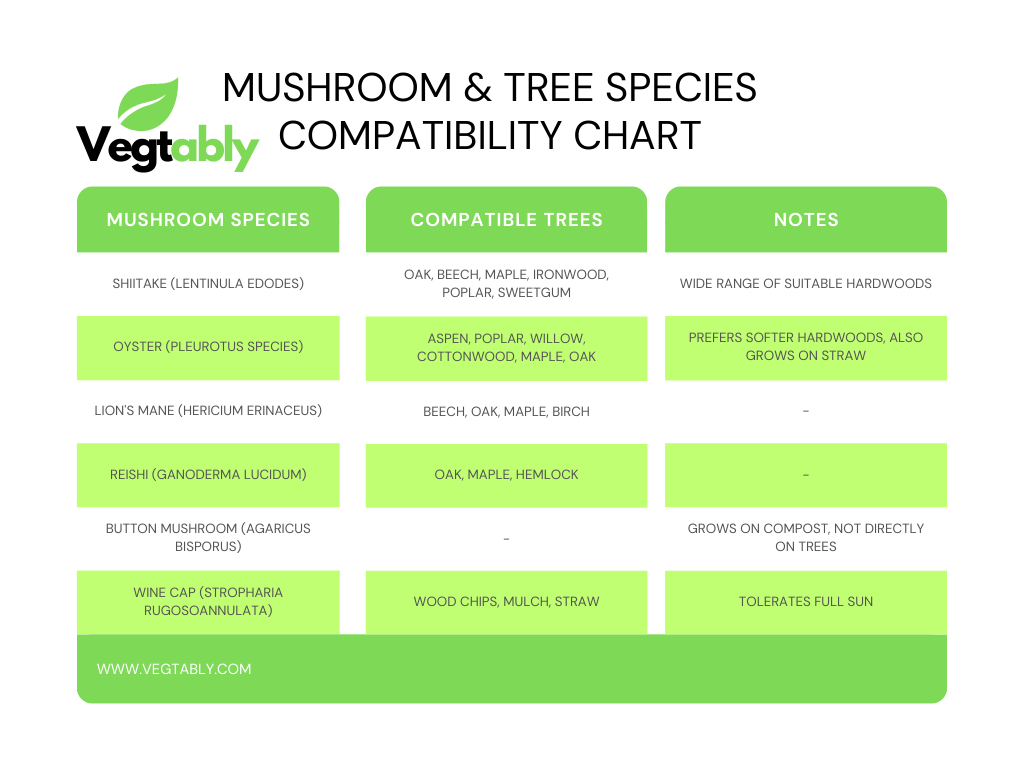
- Logs: This method is ideal for shiitake and oyster varieties. You inoculate hardwood logs with mushroom spawn (more on that later).
- Substrates: Many mushrooms, including button mushrooms and oyster mushrooms, can be grown in substrates like straw, sawdust, or compost.
Where to Get Mushroom Spawn
- Mushroom Spawn: This is the equivalent of seeds for mushrooms. It’s mycelium grown on sawdust, grain, or wooden dowels.
- Reputable Sources: Purchase spawn from trusted suppliers for the best results. Many online retailers specialize in mushroom cultivation supplies.
Check out a supplier like Field & Forest Products for high-quality mushroom spawn and supplies.
How to Grow Mushrooms on Logs
- Choose Your Logs: Freshly cut hardwood logs (oak, maple, etc.) work best. Avoid logs showing signs of rot.
- Inoculate: Drill holes in the log and insert mushroom spawn. Cover the holes with wax to prevent contamination.
- Keep Moist: Store the logs in a shady, humid area. Mist them regularly if needed.
- Patience: Shiitakes can take 6-12 months to fruit, while oysters may be quicker.
How to Grow Mushrooms on Substrates
- Prepare Your Substrate: Pasteurize straw, sawdust, or compost to kill competing organisms.
- Inoculate with Spawn: Mix spawn into the prepared substrate.
- Incubation: Keep the substrate warm (around 70°F) and dark to encourage colonization by the mycelium.
- Fruiting: Change the environment by providing humidity, light, and cooler temperatures to trigger mushroom formation.
Ideal Growing Conditions: Indoor vs. Outdoor
Mushrooms thrive in specific conditions:
Indoor Growing
- Control: You have total control over temperature, humidity, and light.
- Year-round Production: Grow mushrooms regardless of the season.
- Space: Growing indoors can be done in a basement, spare room, or dedicated fruiting chamber.
Outdoor Growing
- Natural Environment: Less setup is required when working with nature.
- Seasonal: Production is limited by weather and climate.
- Garden Integration: Mushrooms can add diversity and beneficial fungi to your garden ecosystem.
Mushroom Garden Companions
While mushrooms don’t have classic companion plants like many vegetables, there’s potential for beneficial interactions. Some trees form symbiotic relationships with specific mushroom types. Also, consider planting herbs like garlic and onions nearby, which may act as natural pest deterrents. And don’t forget that taller plants can provide shade and regulate moisture levels – something your mushrooms will appreciate!
Conclusion
Growing mushrooms is a rewarding and fascinating experience. Whether you’re tempted by the gourmet flavors of exotic varieties or simply want to add a touch of magic to your kitchen, the world of mushrooms is waiting to be explored. With a little patience and the right conditions, you’ll soon be harvesting your very own homegrown crop of these culinary gems. Remember, always choose edible varieties, and if foraging wild mushrooms, consult an absolute expert before consuming.
